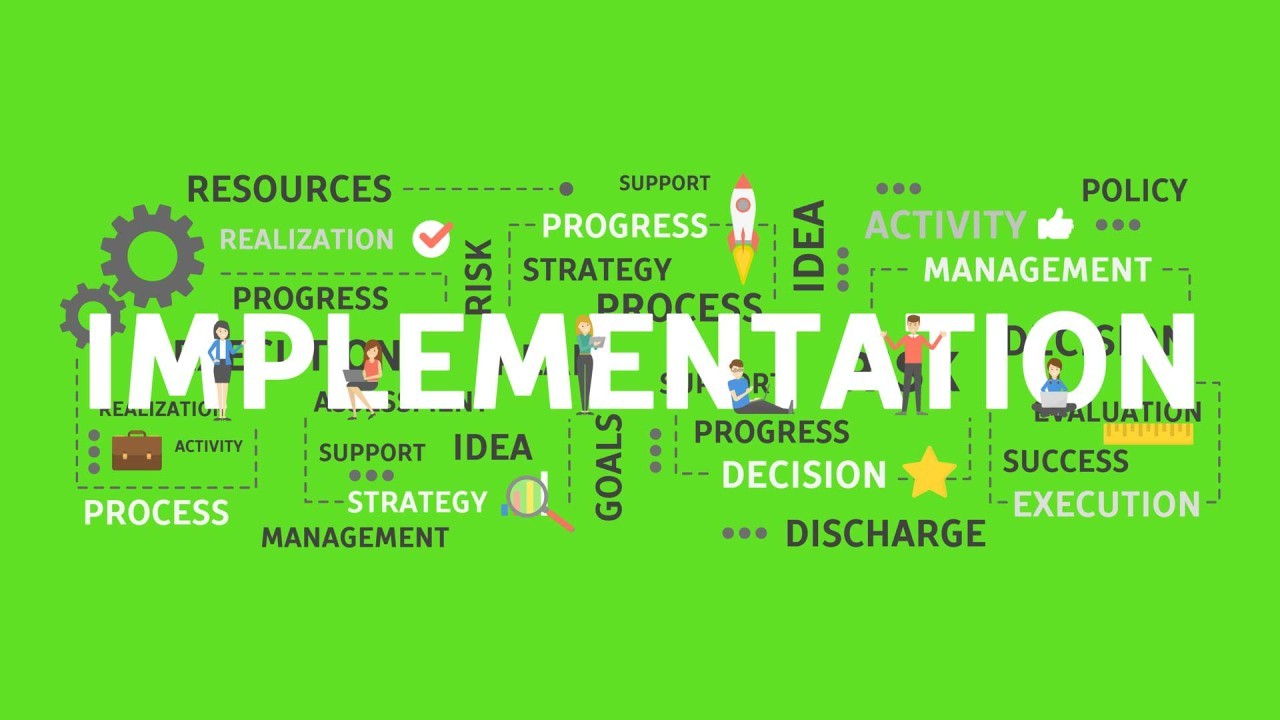Most Popular
Implementing Reliability Centered Maintenance (RCM) can be a game-changer for organizations looking to revolutionize their maintenance strategy and achieve unparalleled efficiency and effectiveness. RCM's comprehensive approach guarantees top-notch operations and maximizes asset dependability and efficiency. Nevertheless, achieving a successful RCM implementation can be a daunting task, with obstacles that include resistance from within the organization and the complexities of managing data. In this blog, we explore the typical obstacles faced when implementing RCM and provide effective strategies to overcome them.
Understanding the Implementation Challenges
Overcoming Resistance: One of the key challenges in implementing RCM is the resistance that can arise within the organization. Shifting the traditional maintenance mindset to a proactive RCM approach necessitates a cultural change that involves every level of the organization.
Dealing with an abundance of data: The success of RCM greatly depends on the quality and analysis of data. Many companies face difficulties when dealing with large amounts of data, ensuring its accuracy, and using it effectively to make informed decisions.
Skills Needed: Successfully implementing RCM calls for a specific set of skills and knowledge. The shortage of skilled individuals who possess a comprehensive understanding of both the theoretical and practical aspects of RCM can hinder the progress.
Seamless integration with your current processes: Efficiently incorporating RCM into current maintenance practices and organizational processes can be quite a daunting task. Some organizations may hesitate to fully embrace RCM principles due to concerns about potential disruptions to their current operations.
Expert Strategies for Overcoming These Challenges
Inspiring Organizational Support: Organizational buy-in at all levels is crucial for the successful implementation of RCM. Embracing strong leadership and fostering RCM champions within the organization can inspire a cultural shift towards proactive maintenance. Effectively convey the advantages of RCM in a clear and consistent manner to persuade doubters and foster a shared dedication to transformation.
Investing in Training and Development: Bridging the skill gap is essential for achieving success in RCM. Invest in comprehensive training programs that encompass both the foundational principles of RCM and the hands-on application of its implementation. Promoting certification and ongoing learning can help develop a skilled team that can effectively lead RCM initiatives.
Maximizing the Potential of Technology for Data Management: Harness the power of cutting-edge technologies like IoT, predictive analytics, and maintenance management software to optimize data management. These technologies have the potential to streamline data collection, improve analysis, and offer valuable insights, ultimately making the RCM process more efficient and impactful.
Implementing pilot programs to ensure seamless integration: By implementing pilot RCM programs in selected areas of the organization, you can showcase the value and effectiveness before a full-scale rollout. Implementing pilot programs provides a valuable opportunity to showcase the practical benefits of RCM, enabling necessary adjustments and optimizations before scaling it up throughout the entire organization.
Importance of continuous improvement and adaptation: RCM is a strategy that requires ongoing attention and refinement. Continuous assessment and adjustment are necessary. Implementing a continuous improvement process that consistently evaluates maintenance outcomes, adjusts to shifts in operational conditions, and integrates feedback is crucial. This iterative process ensures that the RCM strategy stays in line with the goals and operational realities of the organization.
Efficient Collaboration and Seamless Communication: Ensuring efficient communication and seamless collaboration across departments is crucial. Implementing RCM has a significant impact on different areas of the organization, ranging from operations to finance. By fostering collaboration among different teams and promoting open lines of communication, organizations can ensure that their RCM initiatives are in sync with their overall goals and that valuable insights are effectively shared across departments.
Conclusion
Mastering the path to a successful RCM implementation requires a deep understanding of the complexities and a relentless drive to overcome any obstacles that may arise. With careful planning, unwavering dedication, and a well-crafted strategy, these challenges can be conquered. By adopting a strategic approach and implementing effective strategies, organizations can successfully navigate the path to RCM success. Implementing RCM can greatly improve maintenance efficiency and asset reliability, leading to substantial operational and financial advantages. Embracing RCM best practices is crucial for organizations aiming to achieve long-term success in a rapidly changing industrial landscape.
